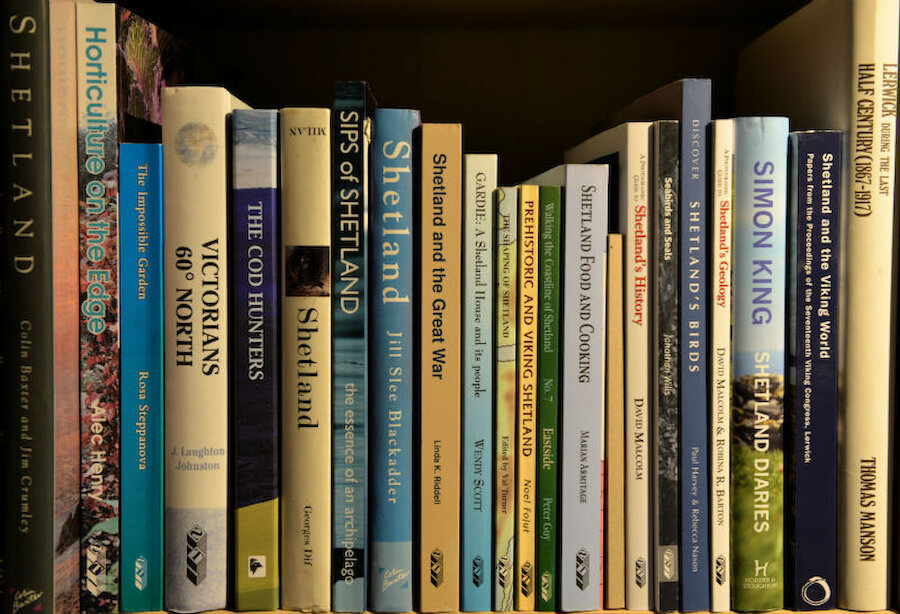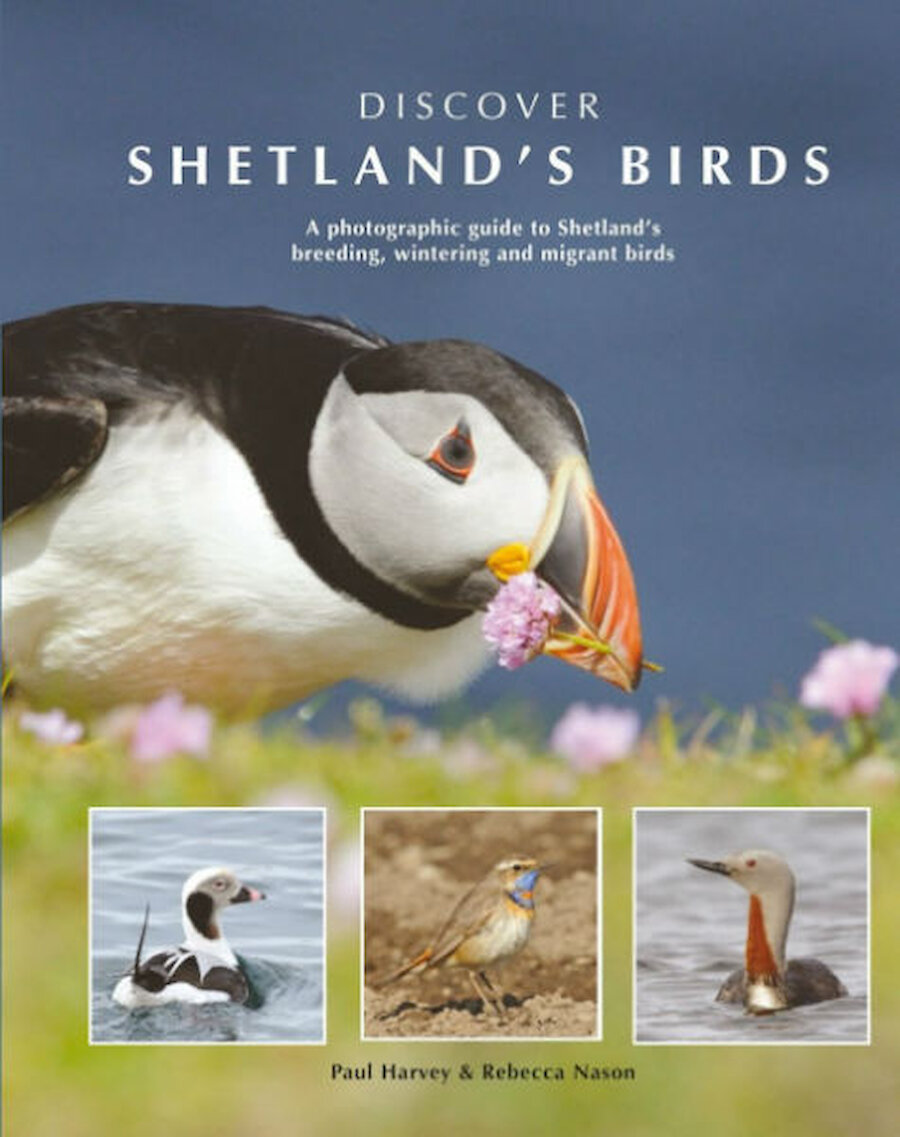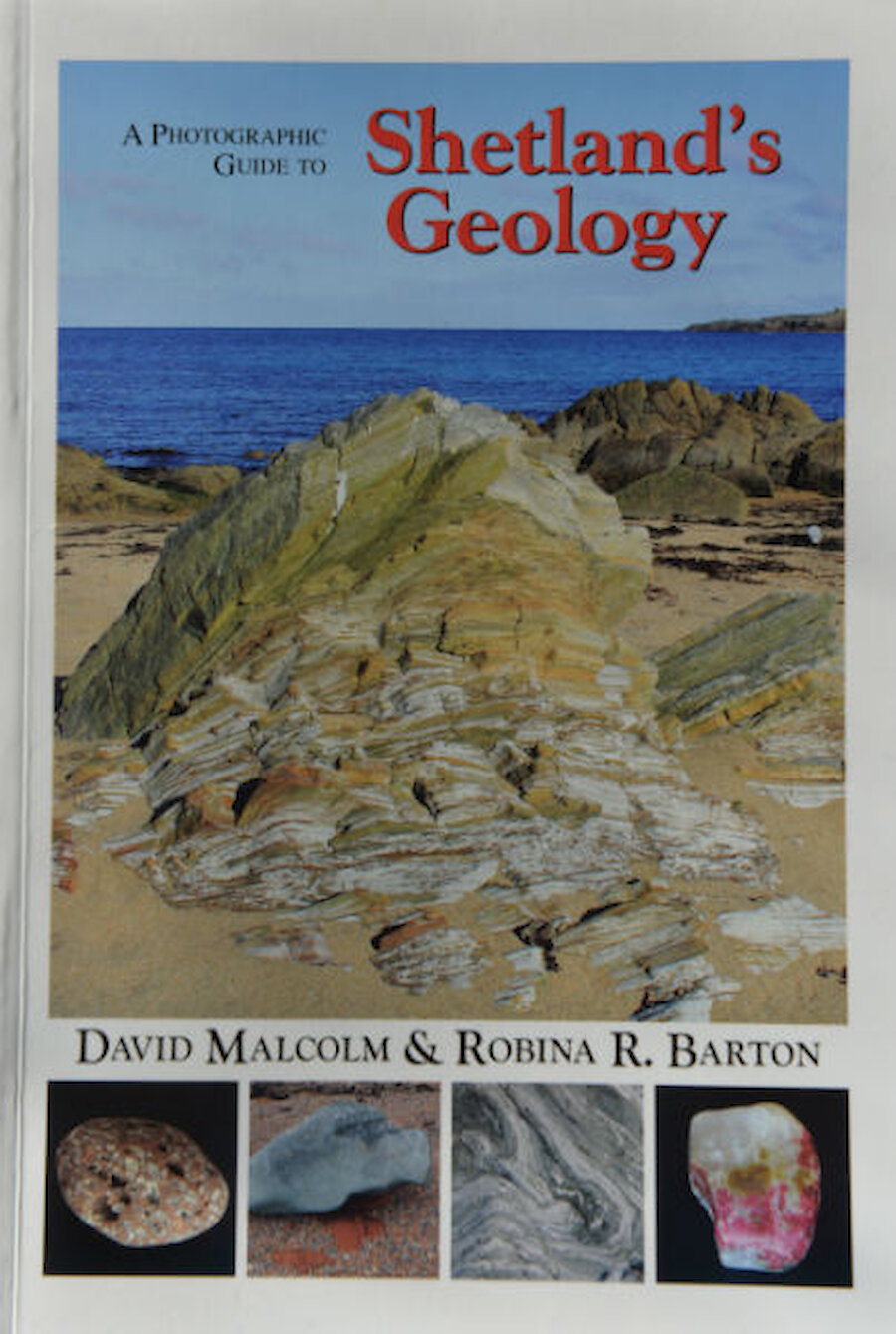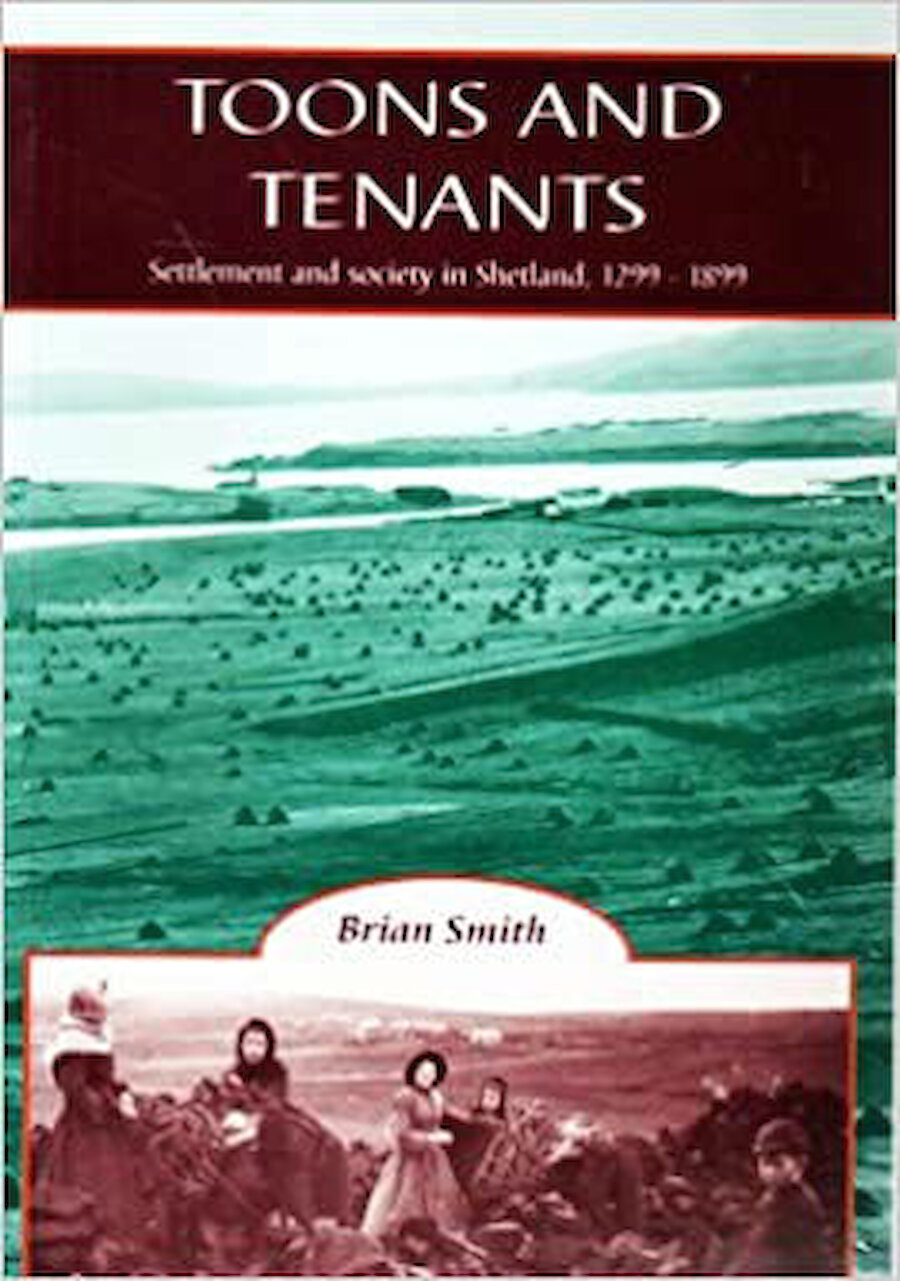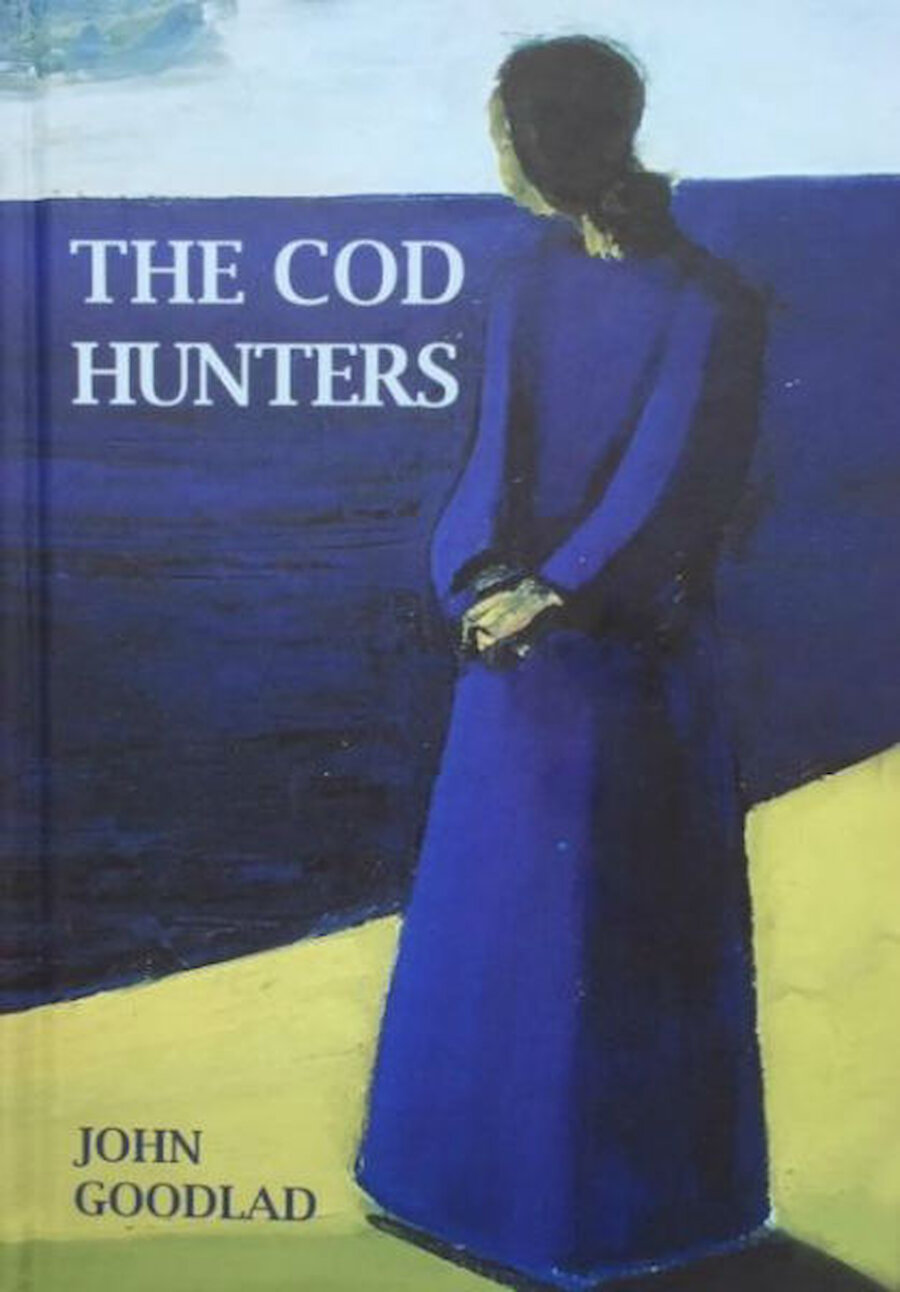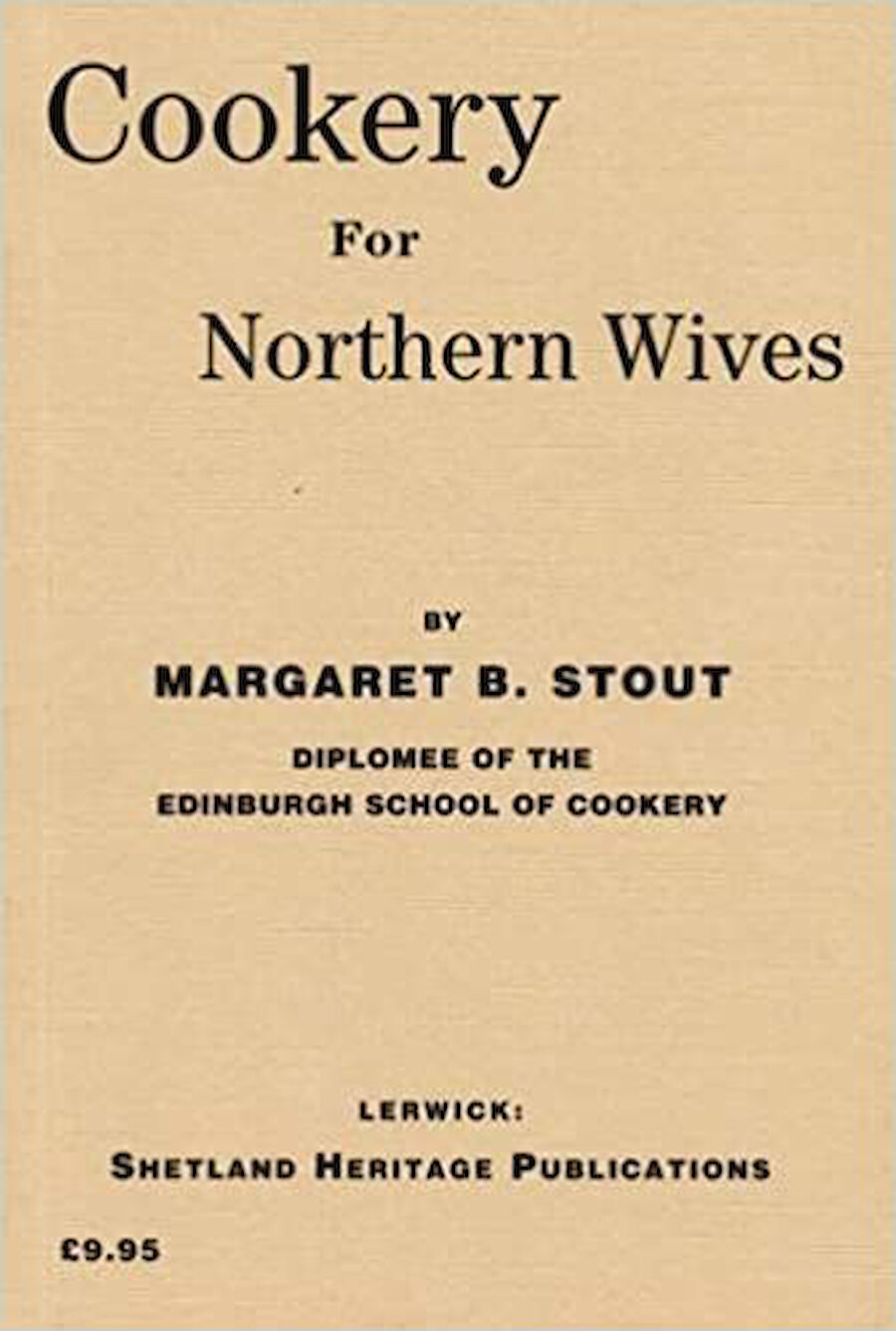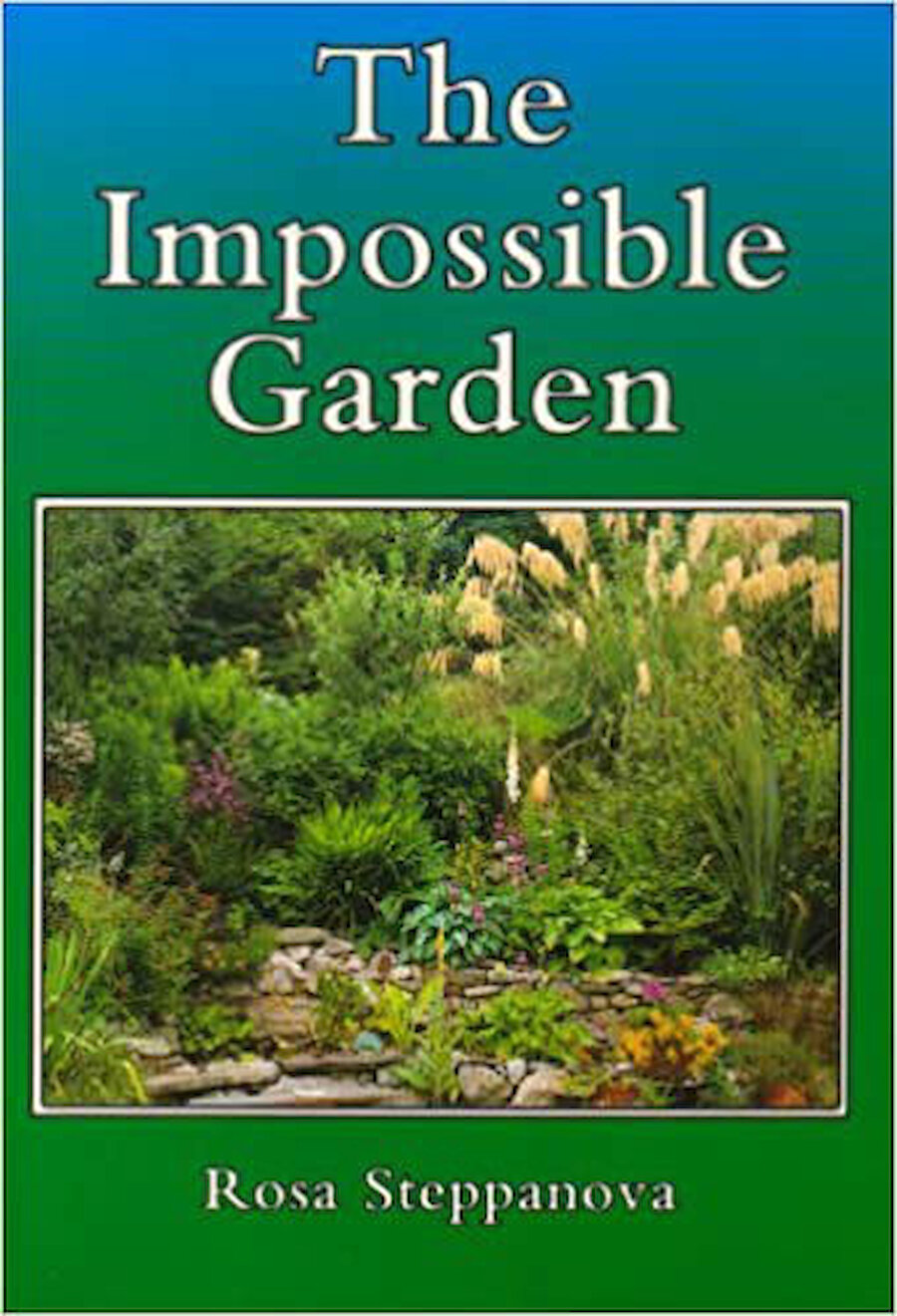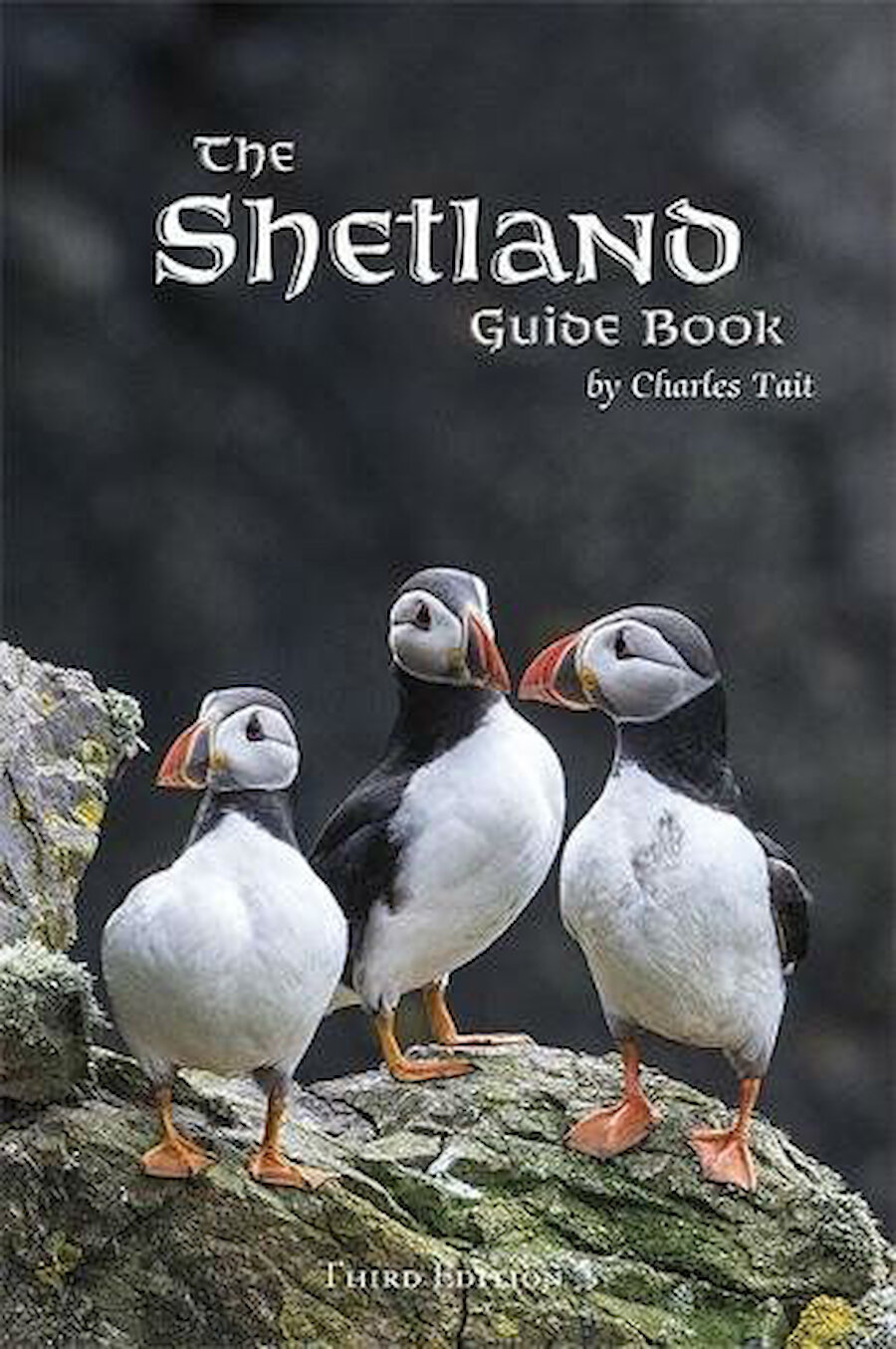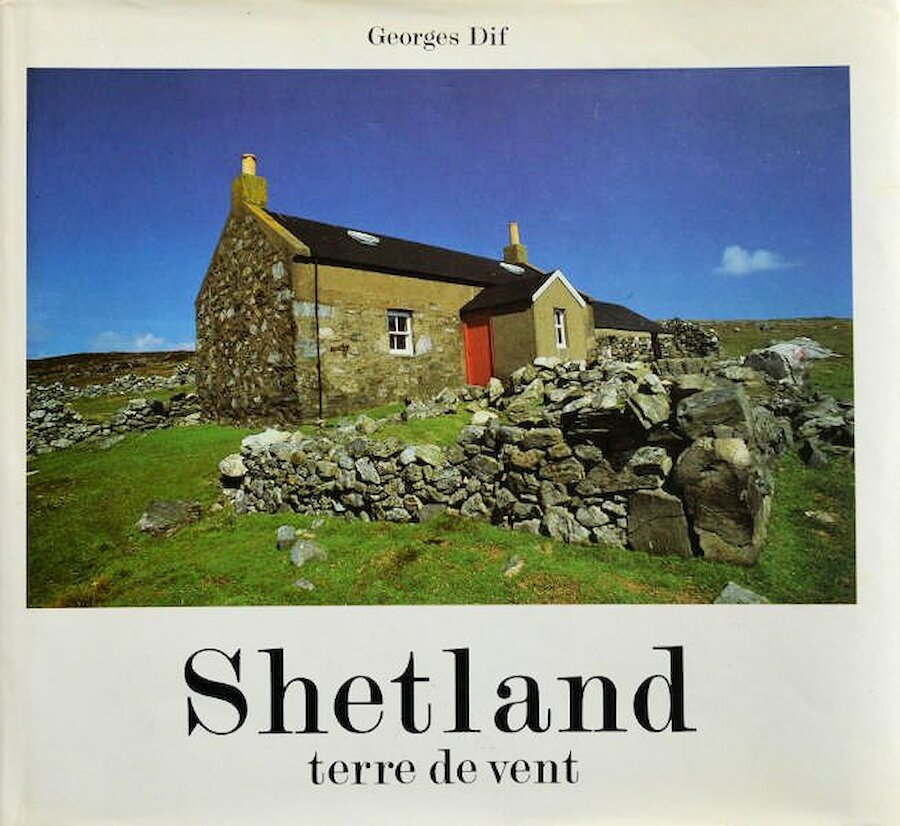Food and cooking
Domestic matters aren’t neglected, either. Food and cooking are as much a passion here as anywhere else, and of course the freshness of seafood and the unique qualities of Shetland lamb have inspired local and visiting chefs.
Charlie Simpson’s In Da Galley (The Shetland Times, 2000) is essential reading for anyone wanting to make the best of what Shetland’s larder has to offer, with seafood particularly in mind. Arranged seasonally, beginning in Hairst (autumn), it’s not simply a list of recipes. Instead, Charlie offers a series of short essays that explain the background to particular ingredients, with instructions and Shetland travellers’ tales woven into the story.
Another must-have is the more recent Shetland Food and Cooking, by Marian Armitage (The Shetland Times, 2014.) Again, this isn’t just a straightforward recipe collection; it begins with an account of dairy production and the history of the Shetland cow, then explores the range and potential of Shetlland’s fish, meat and vegetables. There are lots of recipes, too, some of them traditional, such as Krappin and Stap, which use combinations of oatmeal, fish and fish livers. However, Marian is inspired by a wide range of other influences, so there’s rösti, Armenian lamb and clafoutis, among many other things. All of them, of course, use Shetland produce.
For another take on Shetland food, the facsimile edition of Cookery For Northern Wives, by Margaret B Stout (Shetland Heritage Publications) is well worth dipping into. It was first published in 1925 and draws on the author’s deep understanding of food traditions in the islands. In its pages, we come across such recipes as Liver Krus (fish livers in a dough cup that’s roasted on the hearth); vivda (air-dried mutton); and Stooins (the green tops from young cabbages, boiled).

